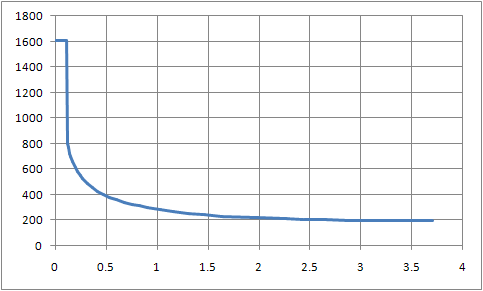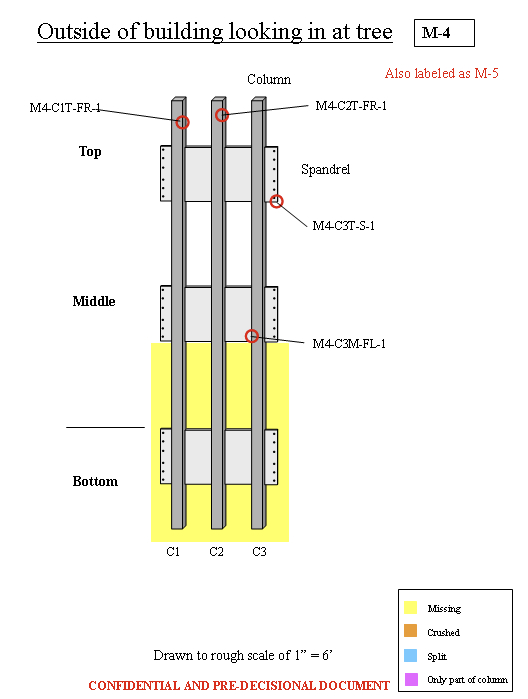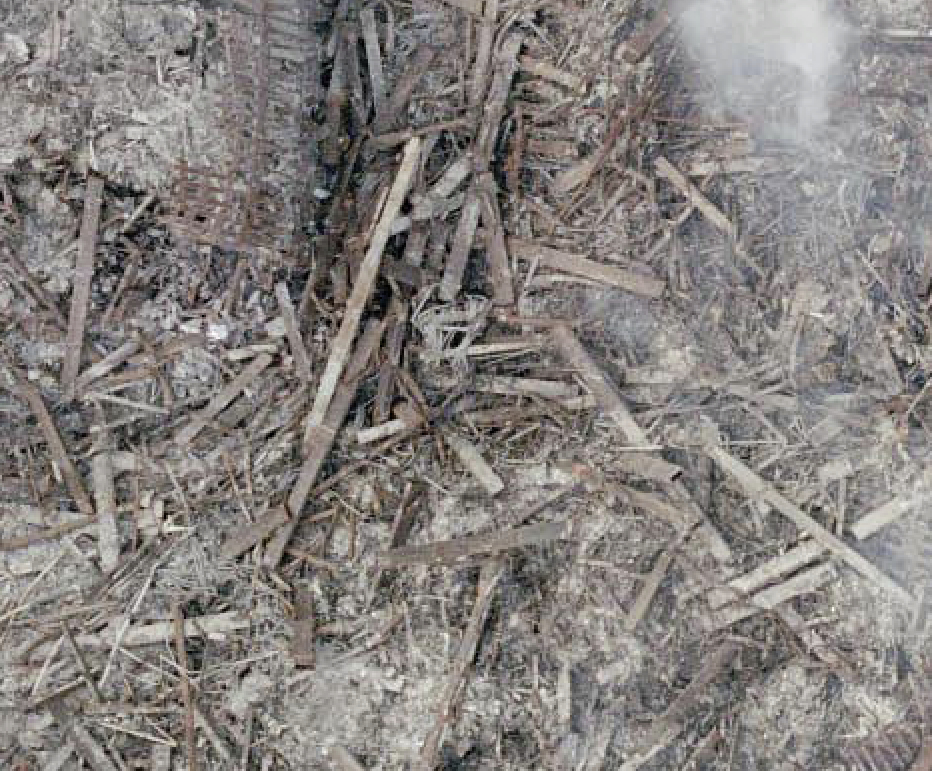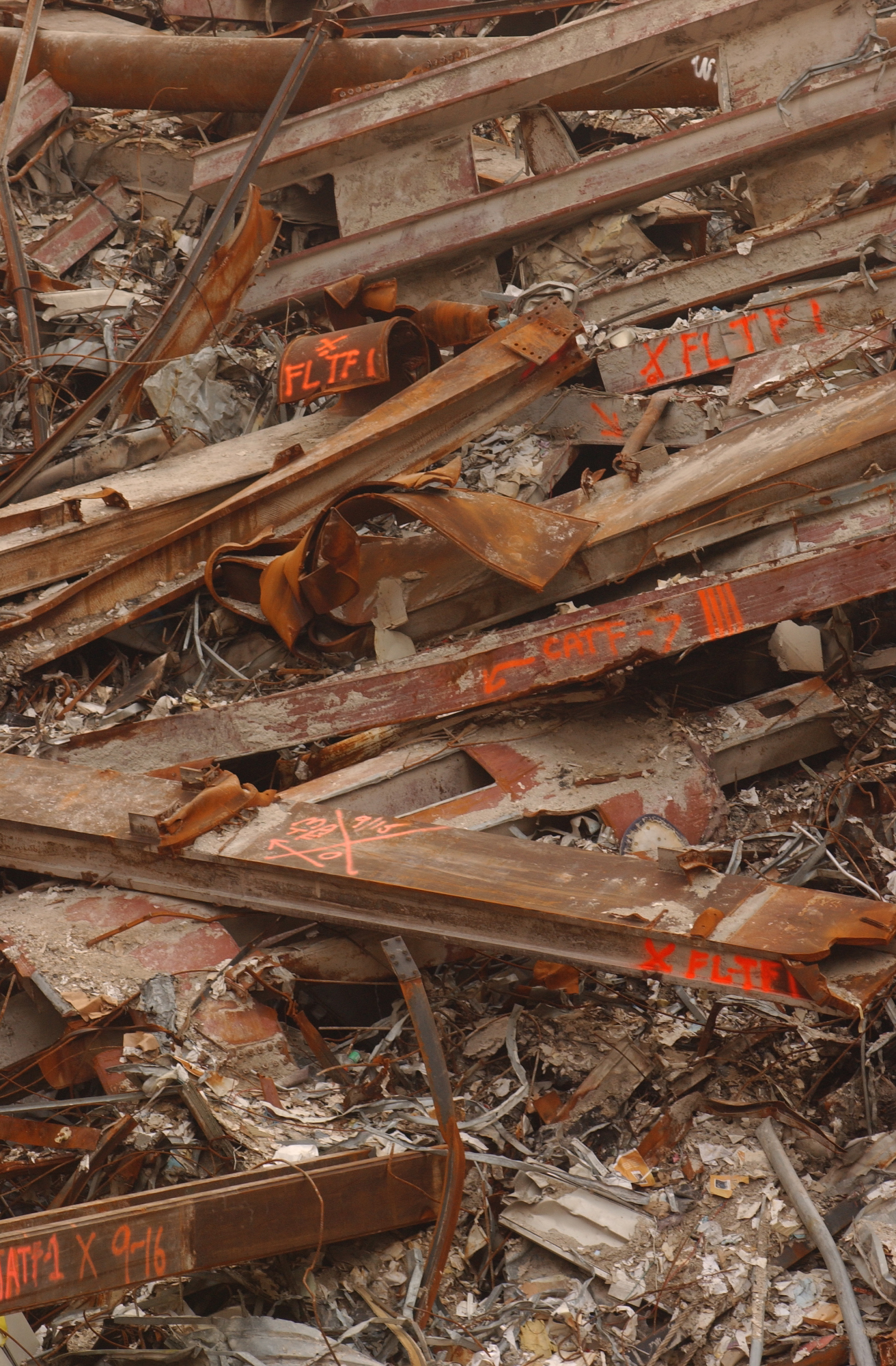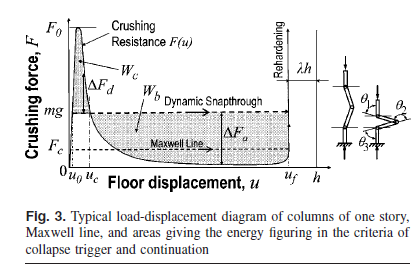This is precious, I gotta tell you.
I excluded the Szuladzinski citations in my earlier critique because they weren't independent, a fairly arbitrary distinction. There are three which pertain to formulation of residual capacity:
---------------------
[3] Szuladzinski, G. Discussion of “Mechanics of Progressive Collapse: Learning from World Trade Center and
Building Demolitions” by Z.P. Bazant and M. Verdure. Journal of Engineering Mechanics, ASCE, Vol.134,
No.10, Oct.2008, pp.913–915.
[5] Szuladzinski, G. “Temporal Considerations in Collapse of WTC Towers”.Int. J. Structural Engineering, Vol.
3, No. 3, Feb 2012, pp.189–207.
[10] Analytical Service Pty Ltd. Large-deflection squashing of a steel column. Technical Note No.56, November
2008.
---------------------
It is interesting that there are only two independent citations for the residual capacity, but three self-citations.
#3 is a discussion submission to JEM and DOES employ a three-hinge buckling mechanism, as the paper states, but is acknowledged to be an early approach. I never said otherwise. The argument is shown to be flawed by Bazant, but the important thing is it's an old, failed argument.
#5 is behind a paywall. Can't say. If it is a three-hinge mechanism, it's undoubtedly the same one already dismantled by Bazant as being wildly overinflated.
#10 is a private study, not peer-reviewed, available
here on the website of Szuladzinski's company. I'm going to claim fair use and reproduce Fig 4 here:
 Checkmate
Checkmate. That's not three-hinge buckling, it's concertina/diamond folding of the type shown in the image I posted, the one Tony was so incredulous about.
So...
at least three out of five references cited for residual capacity (including one from the co-author) employ the axial failure mode I indicated, not three-hinge buckling. The three-hinge argument made in at least one reference is discredited. Neither independent citation employs three-hinge buckling. The value for residual capacity used in the current paper is mentioned in conjunction with the two independent citations.
Where oh where did I ever get the idea that the current paper used concertina failure? Could it be from the three citations Tony never skimmed?

